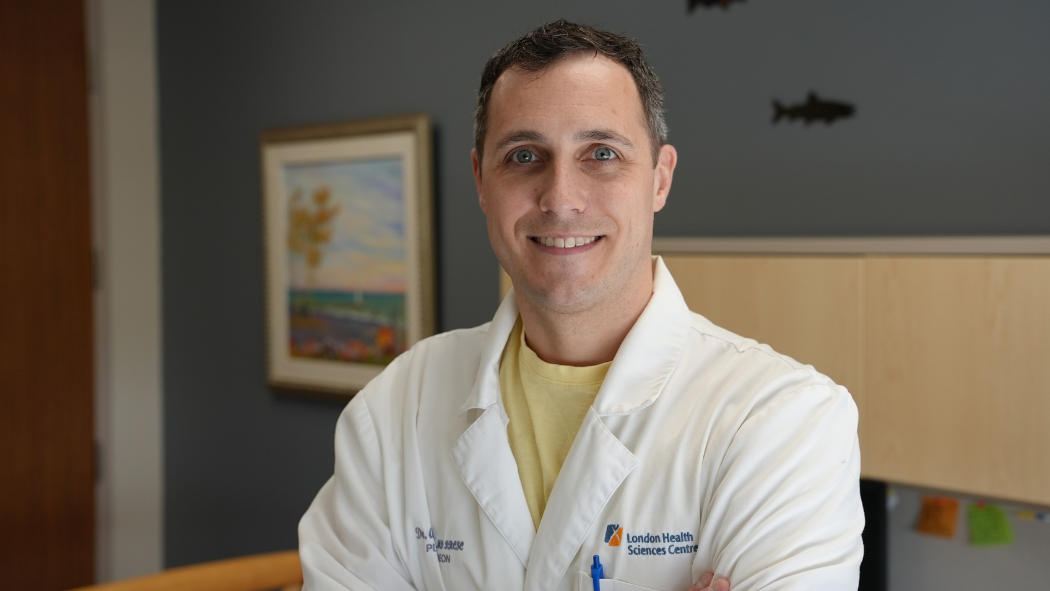
Dr. Aaron Grant, Plastic Surgeon at LHSC and Divisional Site Chief University Hospital
August 24, 2023
Dr. Aaron Grant, Plastic Surgeon at London Health Sciences Centre (LHSC) and University hospital Divisional Site Chief for Plastic Surgery, specializes in skin cancers.
Dr. Grant shared some key pieces of information on LHSC’s Instagram about what to look out for when checking your skin for abnormalities on any skin tone and how to prevent sun damage that can lead to skin cancer.
Risk factors
There are certain risk factors that can increase your chances of developing skin cancer:
- Fair skin (but any skin tone can develop skin cancer)
- Tanning beds
- Sun exposure
- A single, lifetime blistering sunburn that peels
- Family history (some people are more prone to developing skin cancer if a family member has had a skin cancer)
Remember your ABCDEs
When checking your skin for abnormalities, remember:
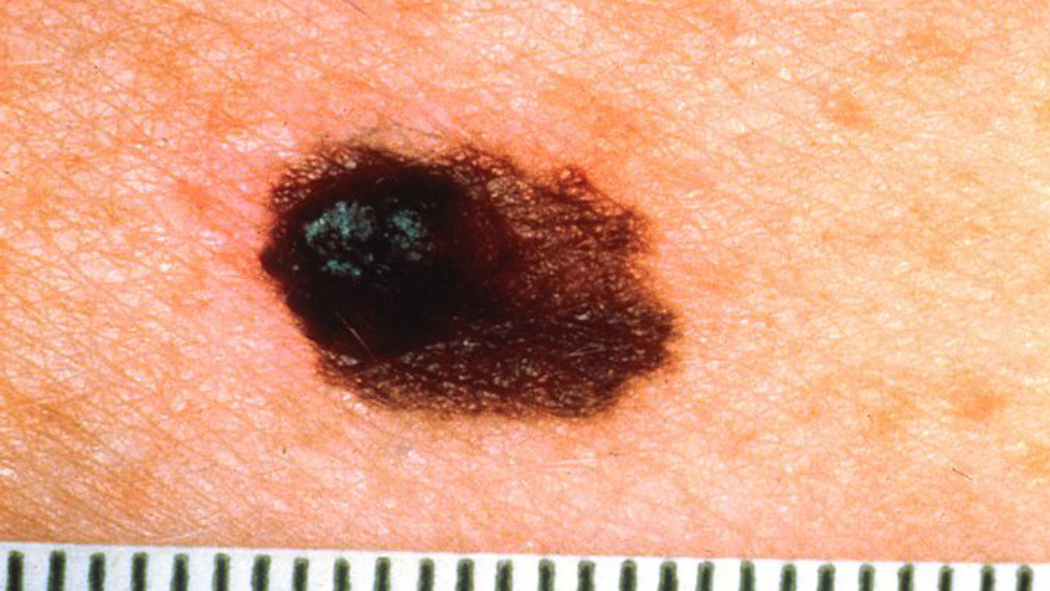
A – Asymmetry. One half of the spot is unlike the other.
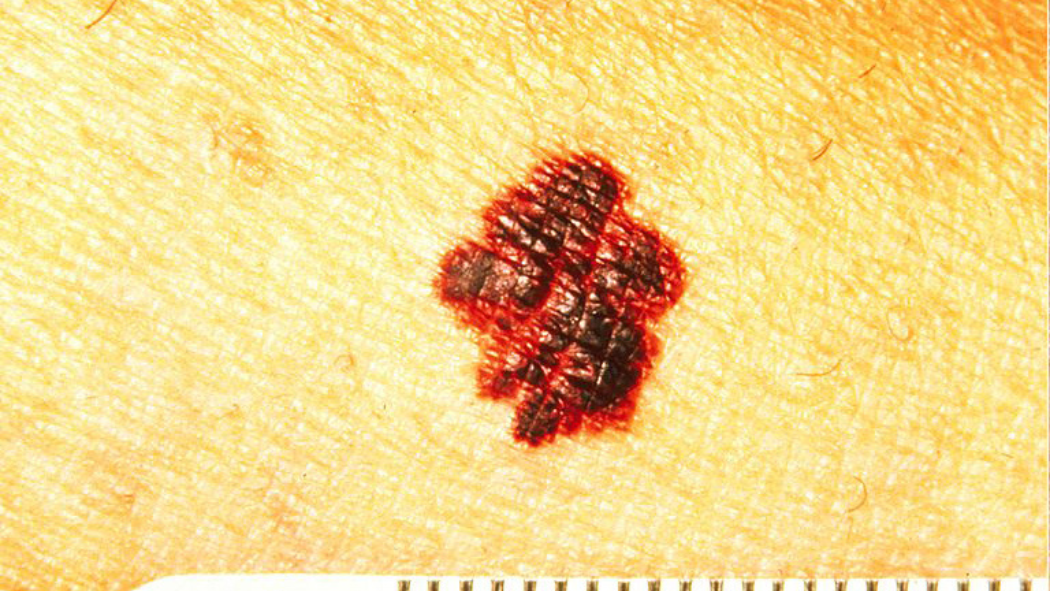
B – Border. The spot has an irregular, scalloped or poorly defined border.
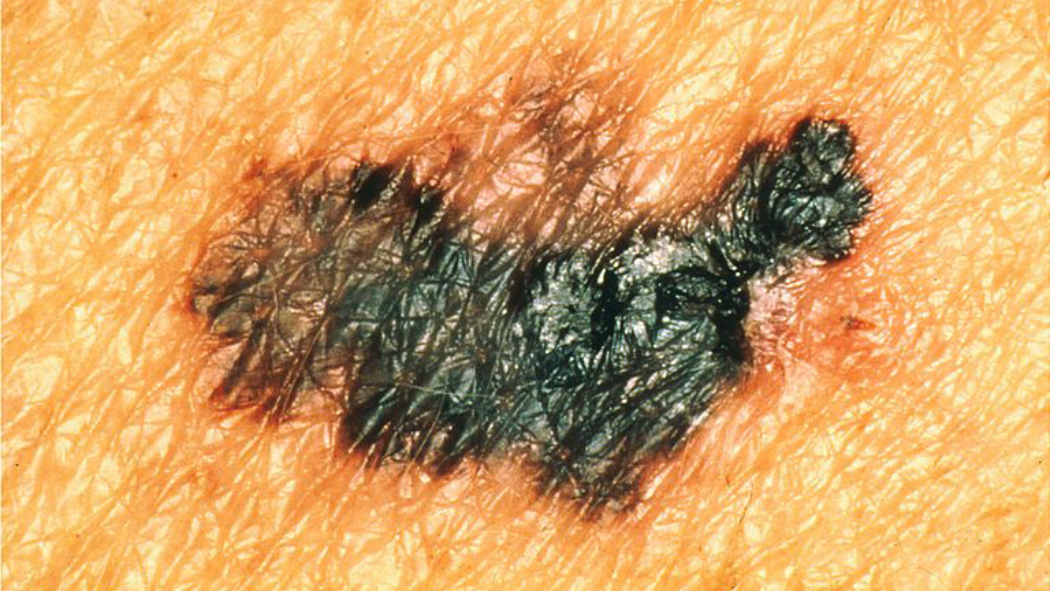
C – Colour variations. The spot has varying colours from one area to the next.
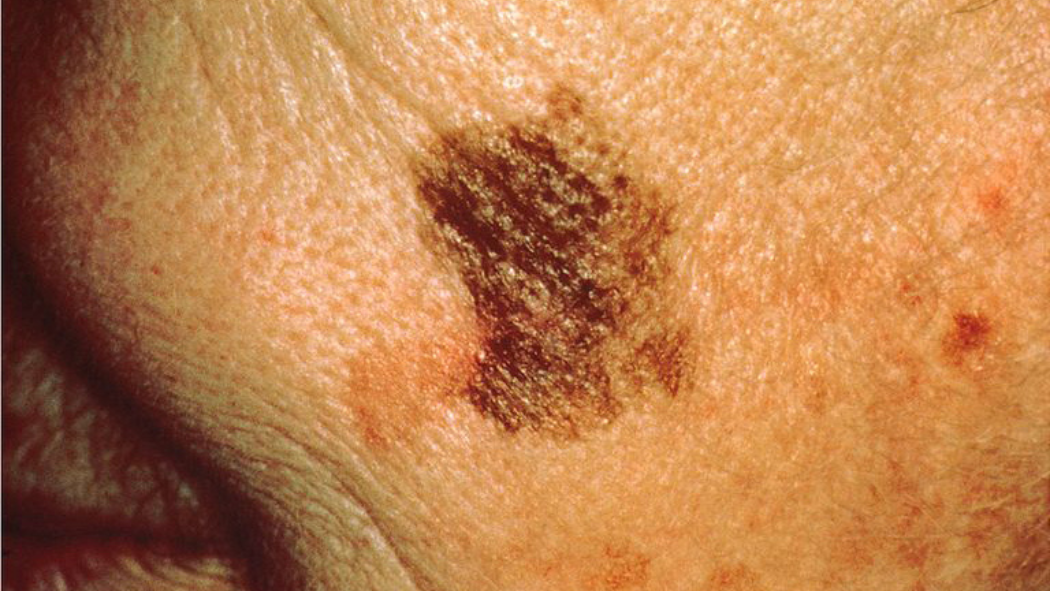
D – Diameter. Some spots of concern are greater than 6mm, or the width of a pencil eraser.
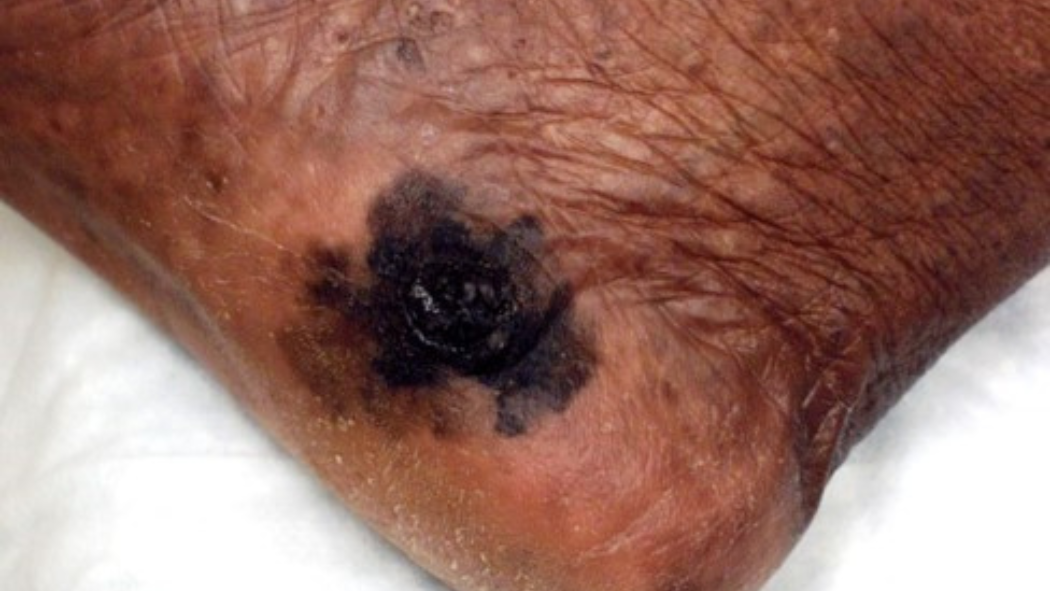
E – Evolves, or the spot looks different over time.
This applies to all skin tones!
“While people with fairer skin are at a higher risk of developing skin cancer, these cancers also occur in people with darker skin tones,” Dr. Grant notes. “When checking your skin for melanoma – be sure to look out for a spot darker than the rest of your skin that’s changing and growing.”
The “ugly duckling”
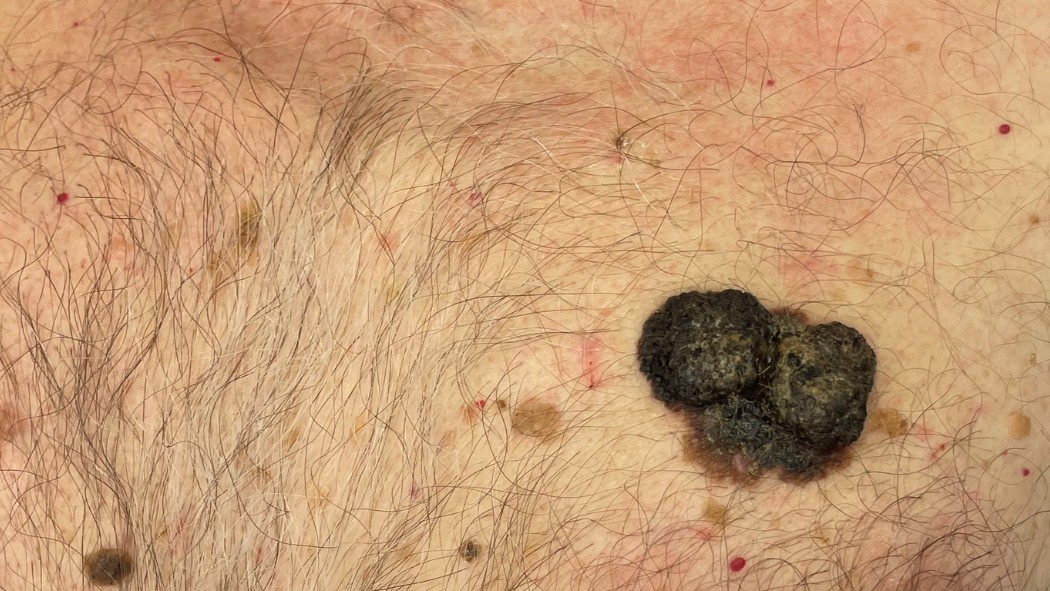
The average person has about 25 – 40 moles that are pigmented.
“When looking for abnormalities, even if you’re covered in moles, if there is – what we call – an ‘ugly duckling’, you might want to get that one checked out,” Dr. Grant explains.
It’s important to consider risk factors and the appearance of a mole as well as if it’s changing to determine when something should be seen by a physician or surgeon.
The sooner you catch it, the easier it usually is to treat.
Skin that won’t heal
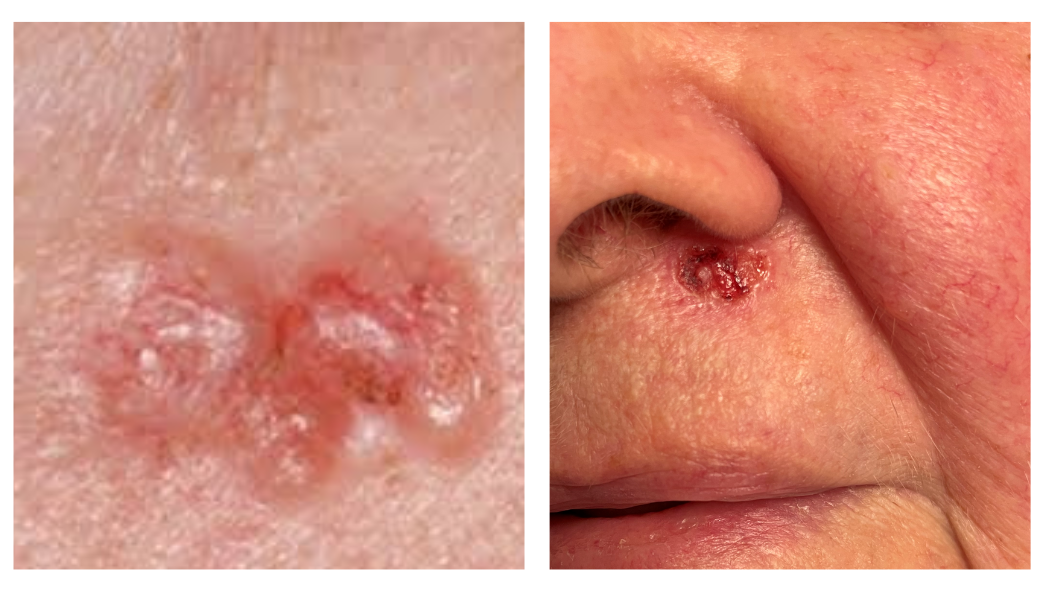
“What you should also look out for that can be an indicator of the presence of a skin cancer, is skin that won’t heal,” Dr. Grant says. “If you have a wound that has been around awhile and is increasing in size or heals and comes back again sometimes that indicates a cancer is present that won’t allow normal healing.”
This can occur with basal cell carcinoma. Most people who have this type of cancer will notice that the spot slowly grows bigger in the one area over time, it would be very rare however for this cancer to spread other places. Melanoma on the other hand tends to have brown or black pigmentation, can grow quickly and have distant spread to other parts of the skin or other organs. Early detection and treatment of melanoma is key to good prognosis.
Please note, this is not medical advice. If you are concerned about a spot on your skin or have specific questions or concerns about your individual risk factors, please consult your primary care provider.